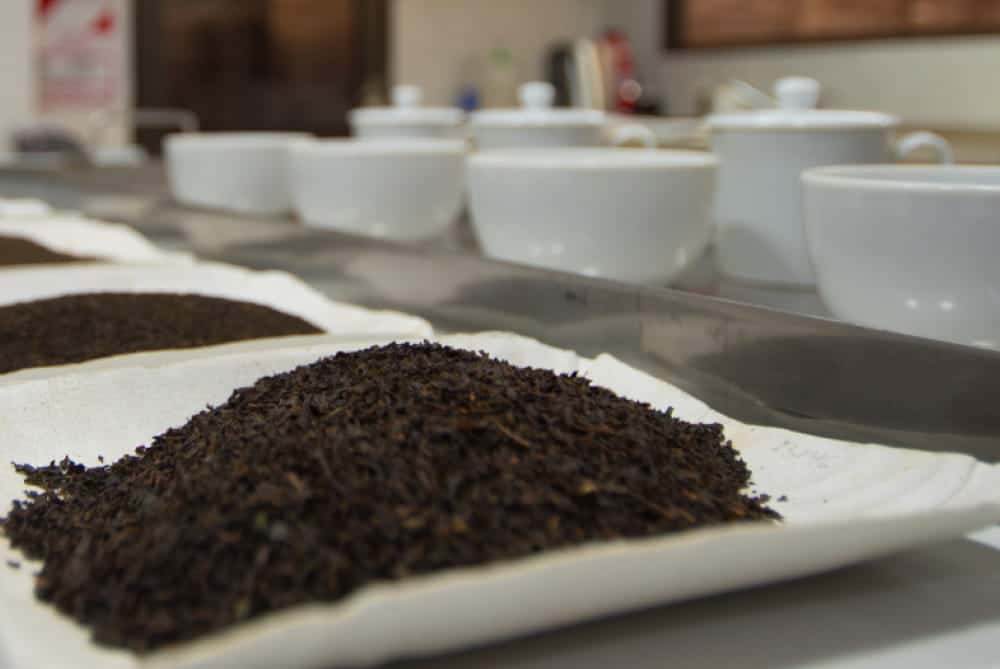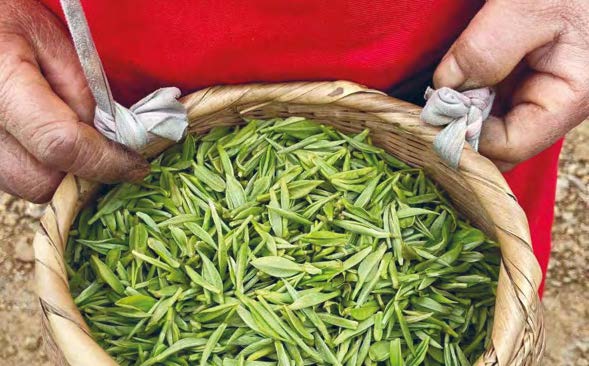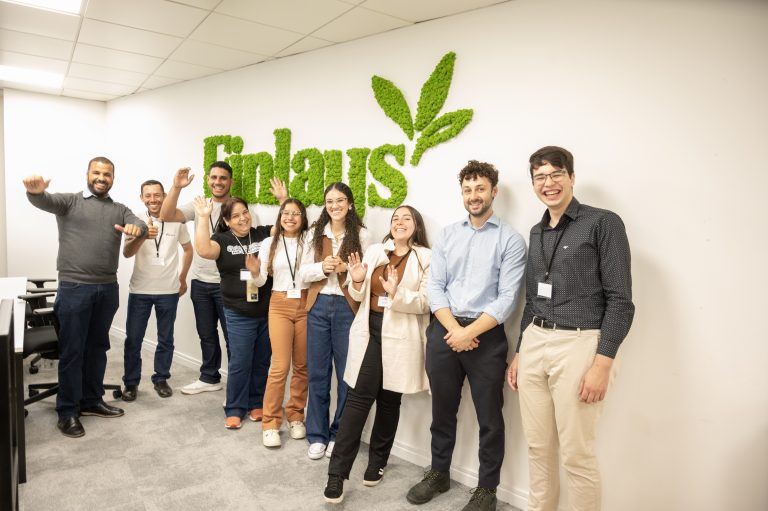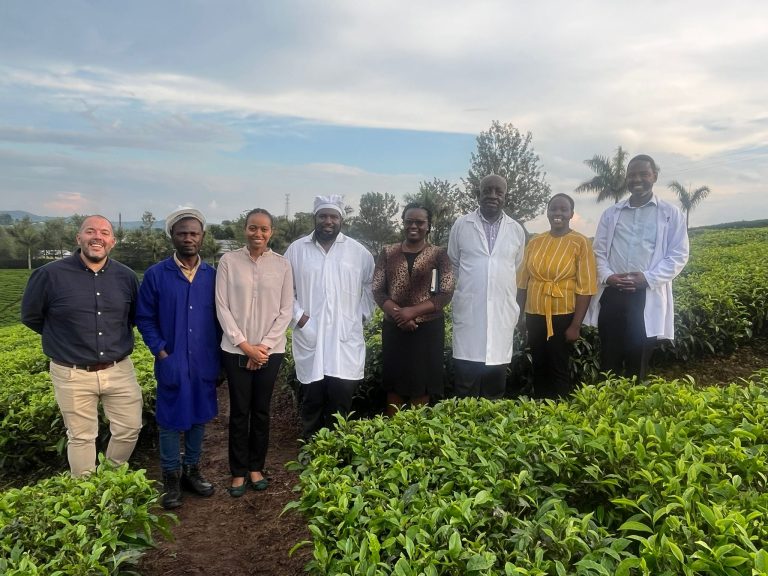Art Lopez, Senior Director of Marketing for Finlays Americas shares his view on what’s driving cost increases in tea in the US market , and offers five strategic advice on how to mitigate them.
The US tea industry has benefited from a decade of stable consumer pricing matched with moderate rising global demand. Without a central exchange, such as the coffee C-Market, it’s understandable for some in the tea industry to have developed a rose-tinted view of the true costs of growing good, quality tea.
Taking a US centric view, most of the market revenue growth has come not from any significant volume increases in the market, but instead from premiumization efforts to sell the same tea for a higher price in a different format or channel. With this model, most of the incremental growth was captured at the packaged good point-of-sale, usually by a brand name or private label. It was expected that the farmers and traders would absorb any rising costs of goods. After all, there was a consistent, reliable supply of tea that kept pricing low for the entire market.
Fast forward to today and the story is much different. Farmers, traders and downstream processors are now no longer able to continue footing the bill for these rising costs. Costs are increasing at all levels of the supply chain, and for different reasons.
Costs are increasing at all levels of the supply chain, and for different reasons.
But make no mistake: the price of tea will be increasing. It is up for the industry as a whole – the farmers, traders, suppliers, downstream processors, brands, and consumers – to tackle this issue together.
This article not only offers analysis of why prices are going up, but perhaps more importantly, looks at some of the ways you can prepare for what we’re seeing up-and-down our vertical supply chain in terms of what might be coming next.
What is causing the rising tea prices?
Shipping
Ocean freight bookings in the month of April for tea have averaged 4.5 times higher cost than those same containers cost in December of 2021. Ocean freight capacity has been heavily curtailed by congestion and inefficiencies at ports. Whether we are talking tea, packaged goods, fertilizer, equipment, or anything else used to produce tea, these rates provide a shock to costs. The speed at which these shipping rates are rising is proving to be too much for any one level of the supply chain to absorb.
Labor
Many parts of the world rely heavily on labor to pluck, harvest, and process tea. The cost of labor has been steadily rising for a number of reasons. One of the ways to mitigate the costs of labor is to mechanize harvesting, which is working in some countries. But this practice is not possible everywhere due to topography in some tea growing regions.
So far, we have only mentioned the actual picking of the tea. There are still the wages within the tea factory, as well as of the tea traders, logistics companies, downstream processers, and brands who sell the tea on to consumers. Even small rises in the cost of labor have a major impact on the value chain of tea. Significant labor increases, such as those we are seeing now, have an even bigger impact.
Other Input Costs
Most simply put, the cost to make and pack tea is higher than it was before. In the past, items such as fertilizer were an afterthought in the cost of tea. But disruptions in supply chains and availability of the raw materials to produce it have drastically impacted the cost of fertilizer. Additionally, access to fertilizer in some of the more remote regions around the world where tea grows has also become an issue. Without this fertilizer, the yields of tea can drop by over 20%. This pinch on supply extends to the quality of the tea harvested as well. The combination of the rising costs of the materials and the challenges faced around inconsistent quality are contributing factors to the rising costs in tea.
Supply and Demand
Supply and Demand is the most traditional form of price insight. As with any industry, there are cyclical ebbs and flows in supply and demand. In tea’s case, the short-term story for US tea buyers has been mostly on the supply side. A combination of Covid and weather conditions in tea growing regions has limited the volume output in certain parts of the world.
This, coupled with a renewed demand for tea is fast drawing down on what was once a global surplus of tea. The US market alone is now seeing a 5% growth rate in the demand for tea. Port congestion and inefficiencies are exacerbating the supply and demand situation, causing a bottleneck to meet the demand. The rising prices seen are, in part, being used to lock in volumes that otherwise might not be available.
Be wary of quality degradation
There is always an entrepreneurial spirit that arises when it comes to mitigating cost increases. Many of these efforts are good ones that, when implemented effectively, can deliver savings in the finished packaged good. This task becomes easier when the finished good is heavily sweetened or combined with other ingredients such as flavoring or dairy.
Some of the first options usually explored are to lower the grade, cut type, or origin of the tea being used. These can be effective tools but are not without risks. For example, changing the origin of your tea may carry a risk that the types of agrochemicals being used in the new origin are not compliant with Minimum Residue Levels (MRLs) in your market.
Another watch out is around the soluble solids content within the tea. Some regions benefit from growing conditions that foster these higher soluble solids content. This watch out is especially true for those who are looking to further process the tea through extraction or concentration.
Some of the first options usually explored are to lower the grade, cut type, or origin of the tea being used. These can be effective tools but are not without risks.
Another method of reducing cost is cutting the tea with foreign materials other than Camellia Sinensis. For example, some extract producers might dilute their product with maltodextrin or caramel coloring to lower the price. This is an age-old manoeuvre used by some suppliers or re-sellers to reduce the cost of tea. When the buyer is aware of this and declares the product as such, then there is no problem at all with this tactic to reduce cost. The problem – especially for tea purists – is for those who are unaware of this taking place.
With all that said, there are ways to properly reduce costs pressure. If you are being advised on a solution that is “too good to be true”, then it probably is. It is best to determine what avenue makes the most sense for you to reduce your cost. At that point, it is best to engage with your tea suppliers and ask questions along the way.
Five actions you can take to mitigate the cost risk of rising tea prices in the US
- Pass on the price increase to the market. In recent months in the US market, the cost of goods across all categories have been rising rapidly. US consumers have so far been understanding of these increases and have not changed their consumption habits for food and beverage staples such as tea.
- Rethink packaging. One way to be creative about rising costs is to adjust the packaging format. Pricing and margins can be maintained by reducing the amount of product within a packaging unit. For example, a 48-ounce iced tea may now be only 42-ounces but would be sold for the same price. Many US brands are already using this tactic to manage rising costs.
- Forward purchasing and contracting. Purchasing your tea in advance provides an opportunity to lock in current rates on tea supply and ensure you know what the cost of your ingredients are. Additionally, contracting your volume needs for multiple years is a great way to fix your cost and allow for proper planning.
- Consolidate supply. Consolidation to one or two suppliers allows you to flex your full volume might to negotiate better pricing. It is likely that there will still be an increase of some sort but having more volume and product formats to negotiate with can only help you to achieve the best price possible. It should be noted that consolidating supply does come with risks of its own. It is best to work with your suppliers to see what sort of contingency plans they have should a disruption occur.
- Reformulate. Adjusting formulas to reduce usage rates of high-cost ingredients is a good way to manage cost. Reducing high-cost ingredients in your formula is an effective means of reducing cost. Evaluating the usage levels of flavoring, alternative sweeteners, bottles, and manufacturing efficiencies usually provide a significant savings opportunity.
Preparing for what’s next
Given a choice, nobody in the tea industry would want to deal with these cost pressures. The reality is that this problem is already on our doorstep. It is one that farmers, traders, suppliers, downstream processors, brands, and consumers must band together to address. For now, it is best that all those in the tea industry prepare for these rising costs. Plan accordingly and leverage the suggestions within this article to help guide you through that process.
Looking at the bright spot, there is possibility for better collaboration between these parts of the supply chain. Through it, some learnings may come, innovations may be created, and perhaps the appreciation and value of the tea market might grow as well. Time will tell. But above all else, we’re in this together.
To continue the discussion, or ask any questions relating to this article, please contact the James Finlay Americas business at CustomerService.USA@finlays.net









